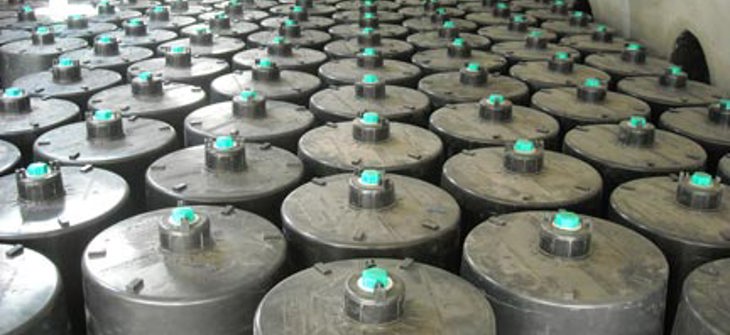
Filter Loading: Why Mass Load Capacity Matters in Flow-Through Filters
Given the number of conversations I’ve had in recent months with other stormwater professionals that don’t entirely understand the value of incorporating the sediment mass load capacity of a filtration BMP into the design process, I feel it’s time to revisit the subject. We tend to think about BMP design in terms of treatment capacity which is commonly expressed as a hydraulic loading rate for flow-through BMPs or a volumetric capacity for BMPs which temporarily capture and store runoff. It is certainly critical to ensure that BMPs have sufficient capacity to handle the expected water quality flow rate or water quality volume, but when it comes to filters, understanding their capacity to capture mass before occluding is equally important. This issue becomes most relevant when considering the use of a flow-through filter practice downstream of a detention/storage system designed to temporarily store and release the water quality volume at a slower rate than it would otherwise runoff from an impervious area.
Filters are widely recognized as being highly effective at removing stormwater pollutants, but they tend to be flow limited, so large systems are required to treat runoff in real time during storm events. Filter media generally has a fixed hydraulic conductivity that is reduced as pollutants accumulate on or within the media matrix. We account for the loss of hydraulic conductivity over time in sand filters by utilizing the hydraulic conductivity of sand media in a nearly clogged state during the design process. When newly installed, sand filters can operate at higher loading rates giving them the capacity to handle runoff in excess of the design storm until occlusion begins to occur. Some proprietary media filters rely on an orifice or similar restriction to limit the flow through the media to a rate below the actually capacity of new media. This ensures consistent operation over time until the filter reaches a nearly clogged state. Failing to account for the inevitable loss of hydraulic conductivity over time by assuming a filter will always operate “like new” is not a sound approach.
Understanding, or more realistically, estimating how much mass a given filter can handle before it stops functioning as intended aids us greatly during the design process. However, obtaining this type of data is easier said than done. Pollutant loads and storm characteristics vary widely from site to site making field results highly variable. Additionally, we have limited experience trying to accurately replicate field loading in the lab. The New Jersey Department of Environmental Protection (NJDEP) does include a mandatory mass loading provision in its 2013 filter test protocol, but this testing uses silica as the primary pollutant. Past research has shown that media filters do not occlude as fast with silica as they do with natural sediments and the presence of organics, oils and greases, and other pollutants in the field. The NJDEP protocol compensates by increasing assumptions about expected loading per acre treated during the design process.
In areas where high-intensity rainfall is common, it has become standard practice to design media filters downstream of detention structures that release runoff slowly to much smaller filters than would be required to treat the peak flows from the site. In theory, a detention structure could be designed with a very slow release rate allowing a very small filter systems to be installed. However, the upstream detention structure often stores substantial volumes of runoff which carry a substantial pollutant load even with inevitable sedimentation in the detention structure. Overlooking this mass during the filter design process would result in a filter system that frequently occluded. The net result would be negative water quality impacts as flows bypassed the occluded filter and excessive maintenance costs over the life of the BMP. That said, it is paramount that we have some understanding of a filters expected mass load capacity, ideally derived from test data, and use this information to size filters being installed downstream of detention to ensure they will have sufficient capacity for the expected mass from the site.
